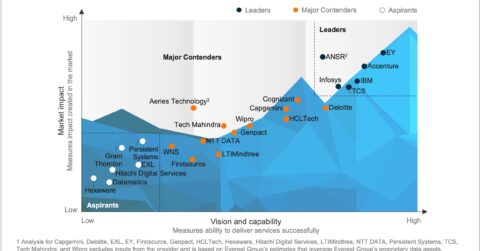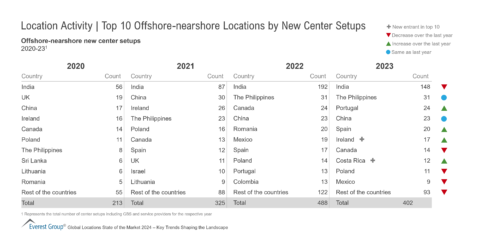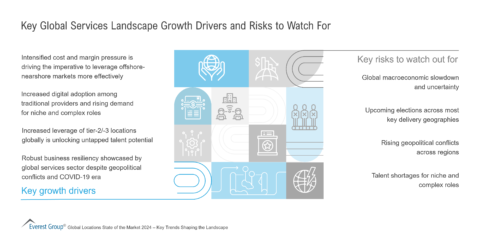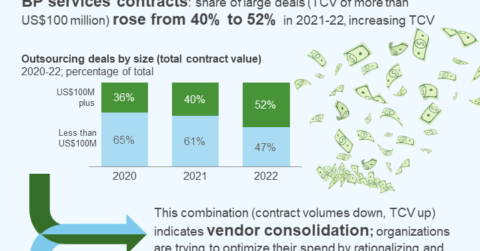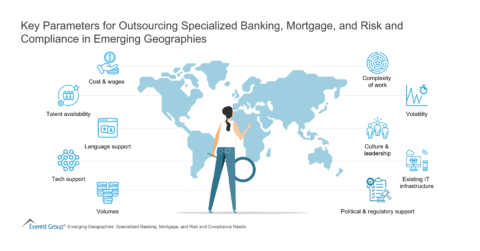Filter
Displaying 1-10 of 24
Locations and Talent Strategy – Let’s Talk – Georgia: Europe’s Hidden Gem | LinkedIn Live
On-Demand LinkedIn Live
1 hour
Structuring an Outsourcing Deal in This Era of Uncertainty in Europe | Webinar
On-demand Webinar
1 hour


